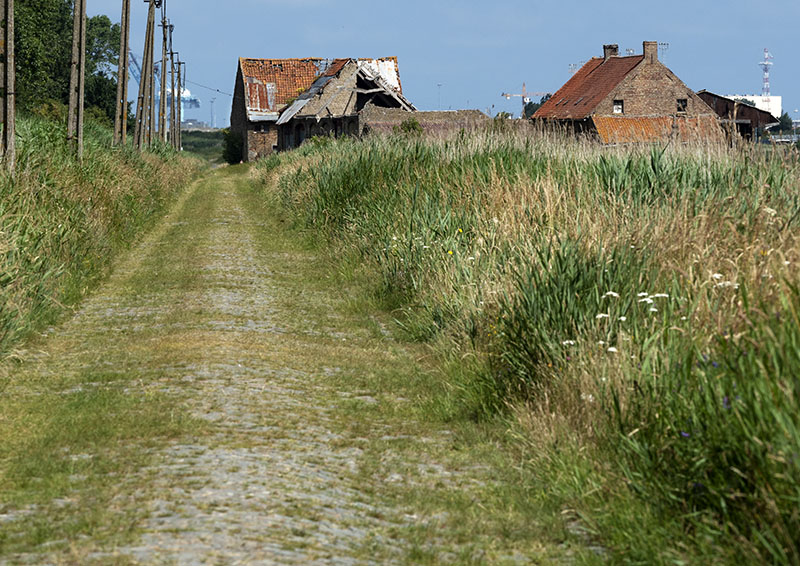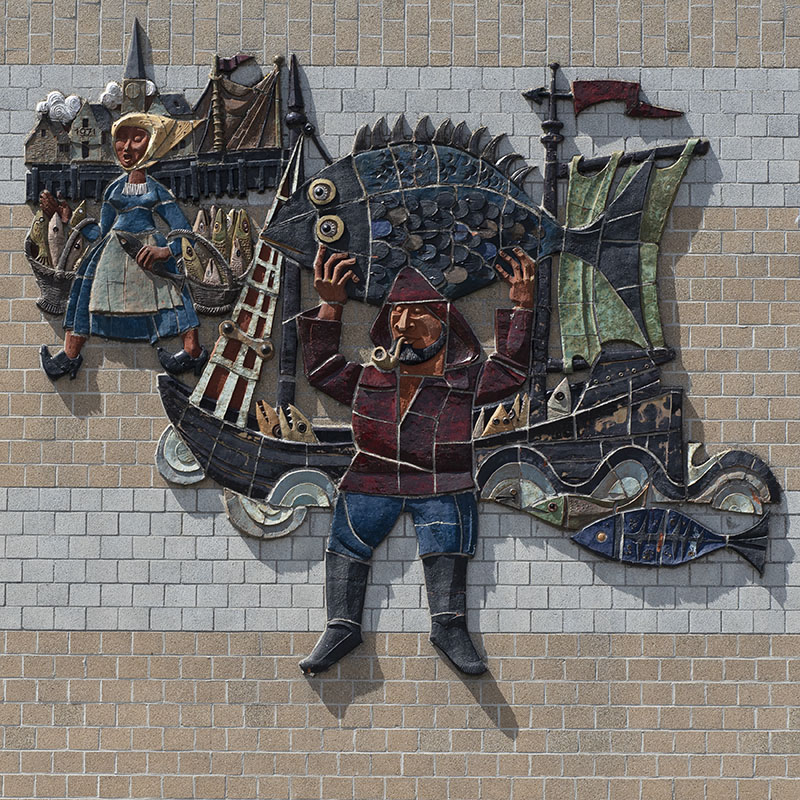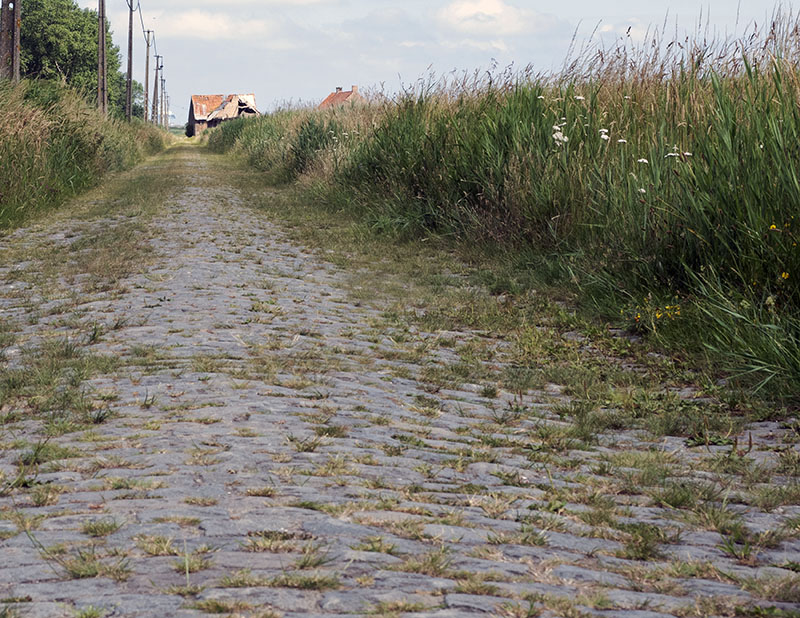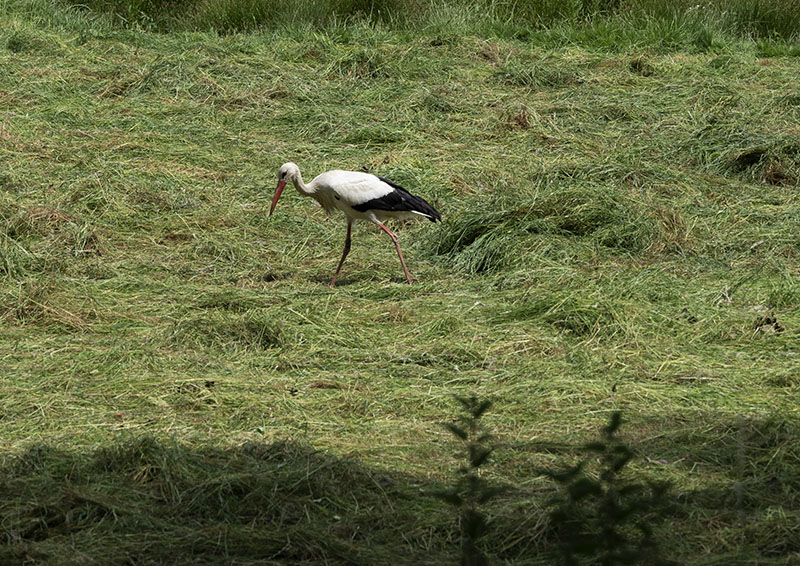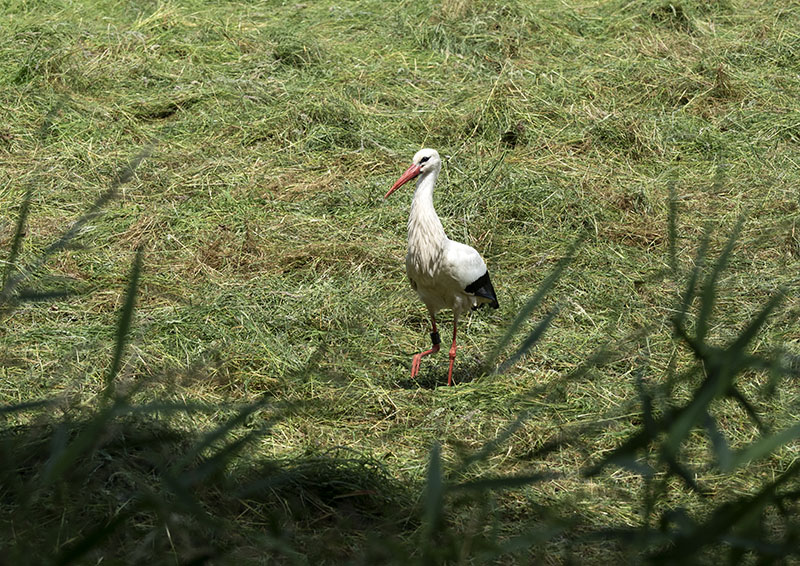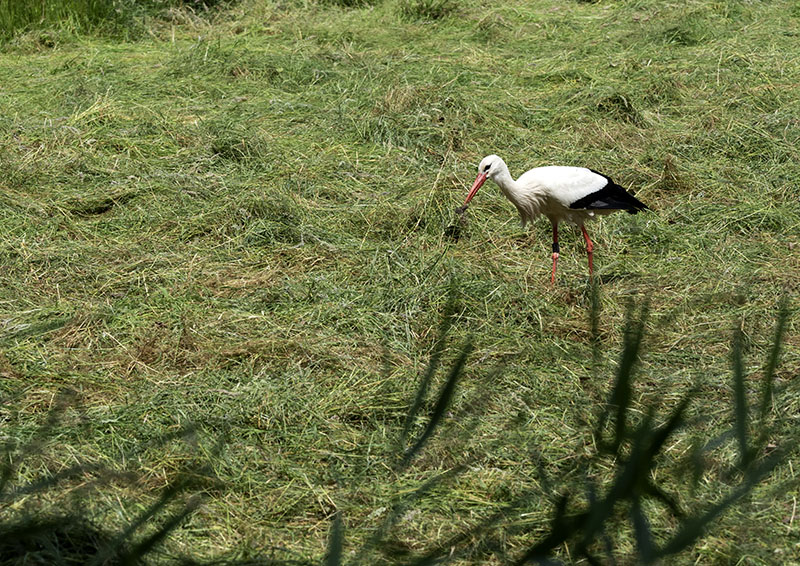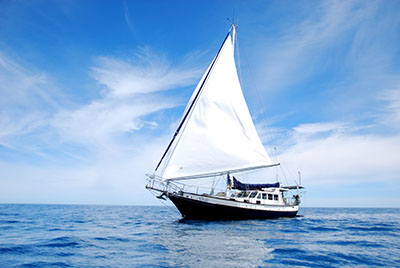One of Bob’s wishes was to visit Zeebrugge where he could explore the marine shop and marina. Today was it! Roughly a 30km round trip, the weather was in our favour.
The township, itself really was a true seaport town that, from the number of shops and apartments closed, appeared to be experiencing a slump in the economy.
The highlights of the day were experiencing a ride upon the remains of the old cobbled road that ran along the Gent – Brugge canal,
finding some delicious locally made Belgian chocolate (the factory was right in the township), and sighting two storks sifting through grass in search of the perfect material for their nest – or so we thought.
Whilst editing, I blew this one right up, and you won’t believe what I discovered:
they were eating baby rabbits – or we should say, swallowing them whole!
We also found a very nice restaurant, Bistro de Kombuis in Tijdokstraat at number 4 (http://www.dekombuis.be), that served superb food. Bob enjoyed his sole, and myself the pork chop. The potato chips were sublime.
Interesting Facts
- A paper written by an hydraulic engineer in 1877 is what turned the tide for Bruges financially, for in it he detailed the rationale for creating a new coastal port that would renew its prosperity.
- 1891, a competition for the best port design for the new Brugges seaport.
- 1894 stipulations in regard to the construction and management of the port finalised.
- ‘This new port would consist of 3 different parts :
– an outer port on the Belgian coast;this place was called “Zeebrugge”, i.e. “Bruges-by-the-sea”;
– a sea canal from the outer port to Bruges;
– an inner port in Bruges itself, situated north of town.’
- Commencing in 1896, the works were completed in 1905 and the port officially opened in 1907.
- WWI used as a submarine base by the German military – 1000 men in all.
- The Allied ships German submarines sank amassed a total of 6,000,000 displacement tonnes.
History of Zeebrugge from: http://www.portofzeebrugge.be/en/port/history
